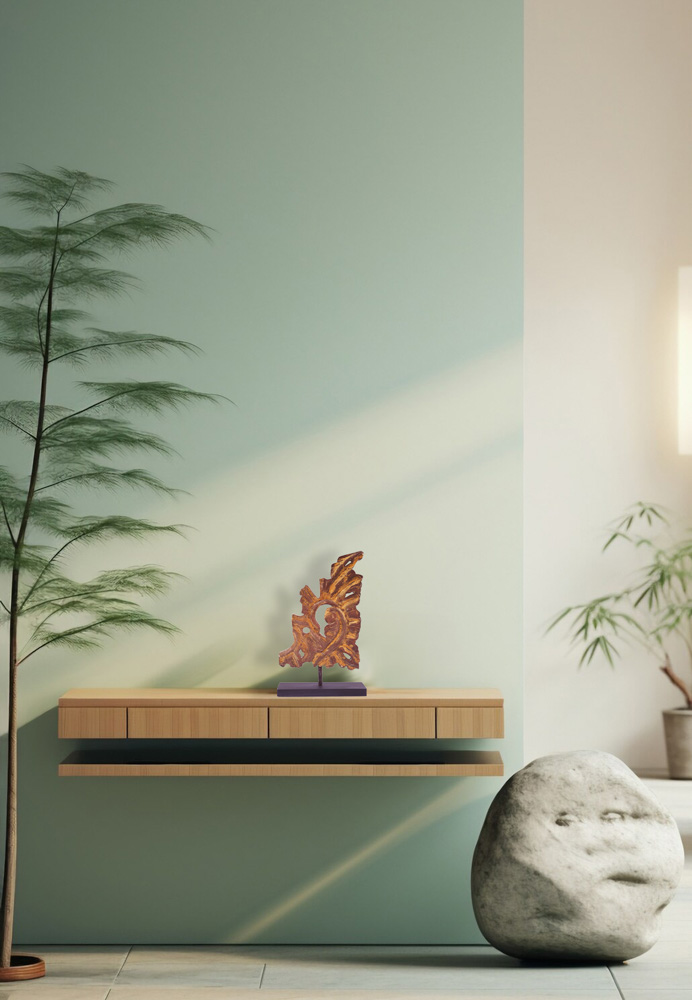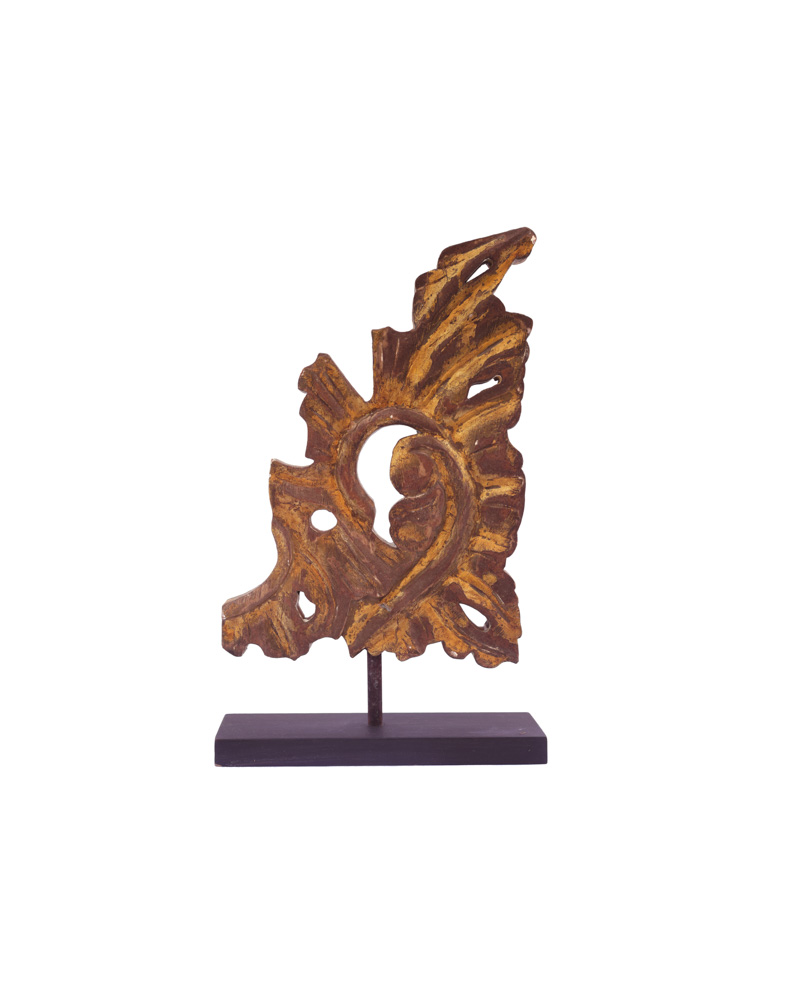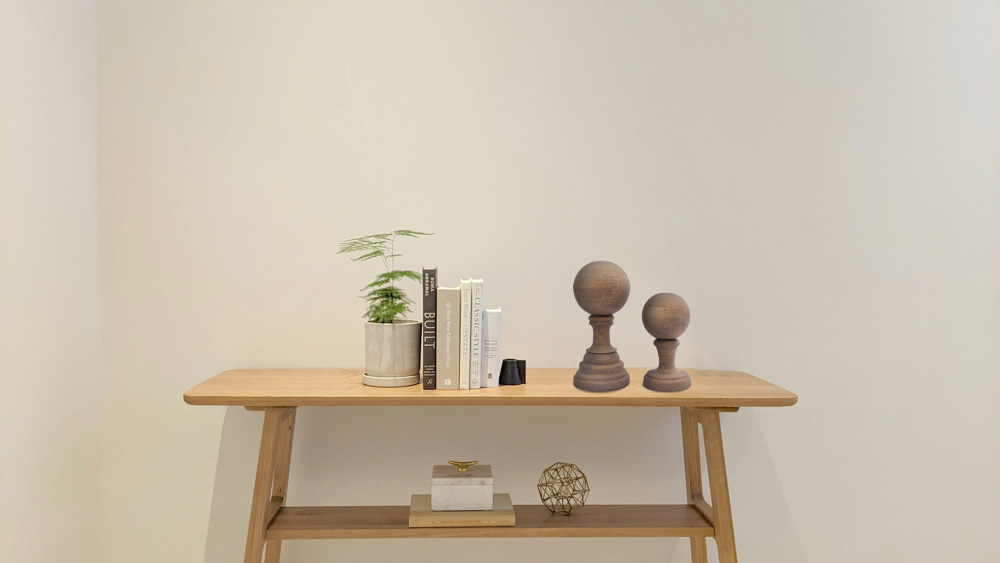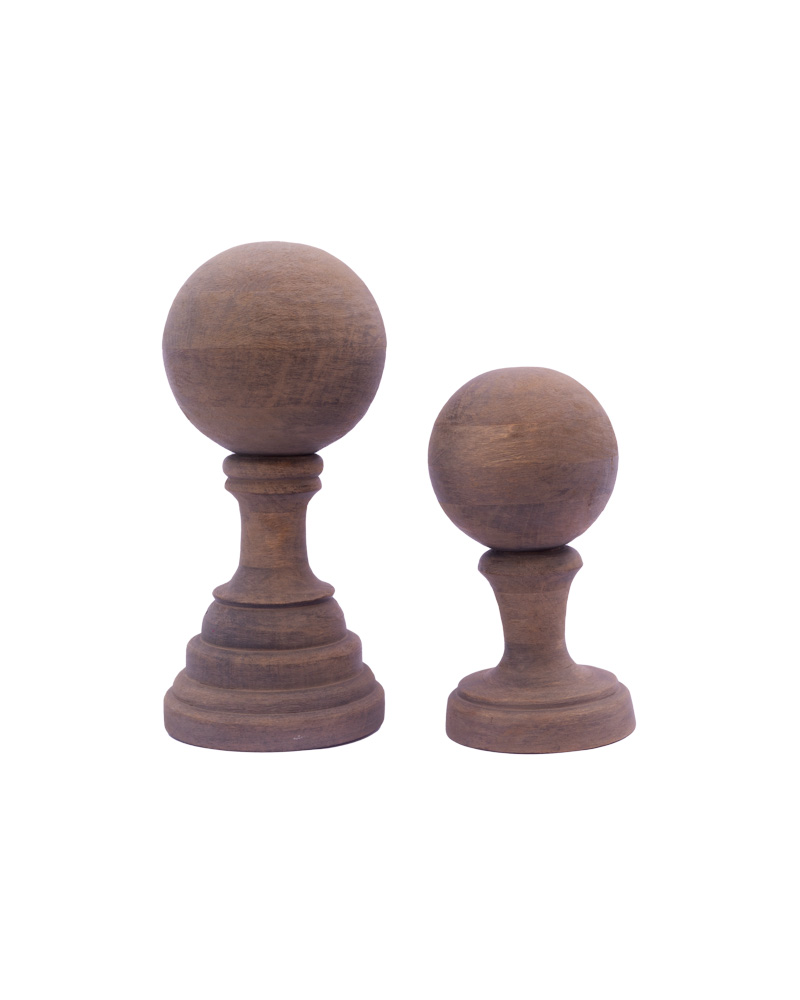Description
Transform your living space with the timeless elegance of our handcrafted wooden Saharanpur ornaments. Crafted by skilled artisans, each piece is a masterpiece of traditional craftsmanship and modern design. Our pieces are not just decorative accents but also durable and long-lasting additions to your home decor. Whether you’re looking to add a touch of sophistication to your bedroom, living room, or hallway, our Saharanpur ornaments are the perfect choice. With their timeless beauty and exquisite craftsmanship, they effortlessly elevate any space, making them a focal point of admiration for guests and family alike.





